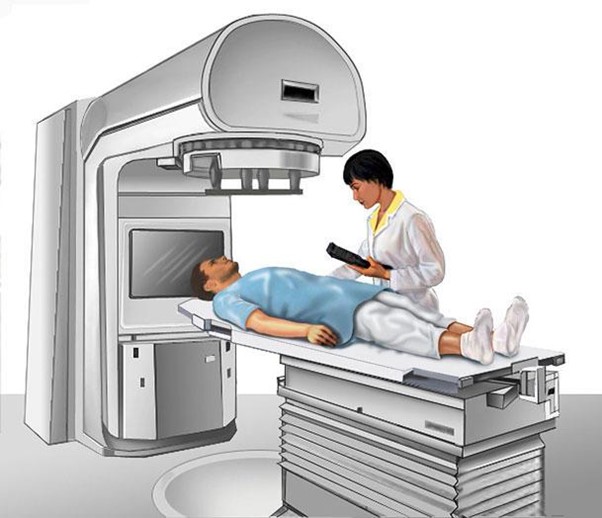A nurse is creating a plan of care for a female client who has recurrent urinary tract infections.
Which of the following interventions should the nurse include in the plan?
Drink four 240 mL (8 oz) glasses of water each day.
Void every 5 to 6 hr during the day
Wear loose-fitting underwear
Take a bubble bath after intercourse
The Correct Answer is C
The correct answer is choice C. Wear loose-fitting underwear. This is because tight-fitting underwear can trap moisture and create a favorable environment for bacterial growth, which can increase the risk of urinary tract infections (UTIs) . Loose-fitting underwear can allow air circulation and prevent moisture accumulation .
Choice A is wrong because drinking four 240 mL (8 oz) glasses of water each day is not enough to prevent UTIs. The recommended amount of water intake for adults is about 2 to 3 liters per day . Drinking enough water can help flush out bacteria from the urinary tract and prevent them from adhering to the bladder wall .
Choice B is wrong because voiding every 5 to 6 hours during the day is too infrequent and can increase the risk of UTIs. The nurse should advise the client to void every 2 to 3 hours during the day . This can help prevent urinary stasis and bacterial multiplication in the bladder .
Choice D is wrong because taking a bubble bath after intercourse can increase the risk of UTIs. The nurse should instruct the client to avoid bubble baths, vaginal douches, or sprays, as they can irritate the urethra and introduce bacteria into the urinary tract . The nurse should also advise the client to empty the bladder before and after sexual intercourse, as this can help remove bacteria that may have entered the urethra during sexual activity
Nursing Test Bank
Naxlex Comprehensive Predictor Exams
Related Questions
Correct Answer is A
Explanation
Choice A reason:
"You might experience altered taste sensations" is the correct statement. When providing teaching to a client about to undergo external radiation therapy for cancer, the nurse should include information about potential side effects and what to expect during the treatment. One common side effect of radiation therapy, especially when the treatment is focused on or near the head and neck region, is altered taste sensations. Radiation can affect the taste buds and lead to changes in how foods taste.
Choice B reason:
"Use rubbing alcohol to remove the ink markings. “The statement is incorrect. The ink markings made on the client's skin are used as reference points for the radiation therapy treatment. It is essential not to remove these markings, as they are crucial for accurate positioning during each treatment session. The nurse should instruct the client not to tamper with the markings, and the radiation therapy team will remove them when they are no longer needed.
Choice C reason:
"Wear a binder over the radiation site." The statement is incorrect. Wearing a binder over the radiation site is not a standard practice during external radiation therapy. The client should be instructed to follow the specific guidelines provided by the radiation therapy team regarding clothing and positioning during treatments. The use of binders or other tight clothing over the treatment area may not be recommended, as it can cause discomfort or interfere with the delivery of radiation.
Choice D reason
"Wash your skin thoroughly with a washcloth after each treatment." Is incorrect statement. During radiation therapy, the skin in the treatment area can become sensitive. It is essential for the client to follow the specific instructions provided by the radiation therapy team regarding skin care. Generally, the client should avoid using harsh soaps or scrubbing the skin vigorously. Instead, they should gently cleanse the area with a mild soap or as directed by their healthcare providers.

Correct Answer is D
Explanation
This prescription is complete because it includes the medication name, dose, route, and frequency.
A complete prescription should also include the client’s name, date, time, signature of the prescriber, and any special instructions.
Choice A is wrong because it does not specify the dose of cimetidine.
PO twice daily is not enough information to administer the medication safely.
Choice B is wrong because it does not specify the frequency of tetracycline.
200 mg PO is not enough information to administer the medication safely.
Choice C is wrong because it does not specify the route of epoetin alfa.
150 units/kg three times weekly is not enough information to administer the medication safely.
Normal ranges for digoxin are 0.5 to 2 ng/mL for heart failure and 0.8 to 2 ng/mL for atrial fibrillation.
Normal ranges for cimetidine are 50 to 150 ng/mL.
Normal ranges for tetracycline are 1 to 10 mcg/mL.
Normal ranges for epoetin alfa are not applicable as it is a synthetic hormone that stimulates red blood cell production.
Whether you are a student looking to ace your exams or a practicing nurse seeking to enhance your expertise , our nursing education contents will empower you with the confidence and competence to make a difference in the lives of patients and become a respected leader in the healthcare field.
Visit Naxlex, invest in your future and unlock endless possibilities with our unparalleled nursing education contents today
Report Wrong Answer on the Current Question
Do you disagree with the answer? If yes, what is your expected answer? Explain.
Kindly be descriptive with the issue you are facing.
